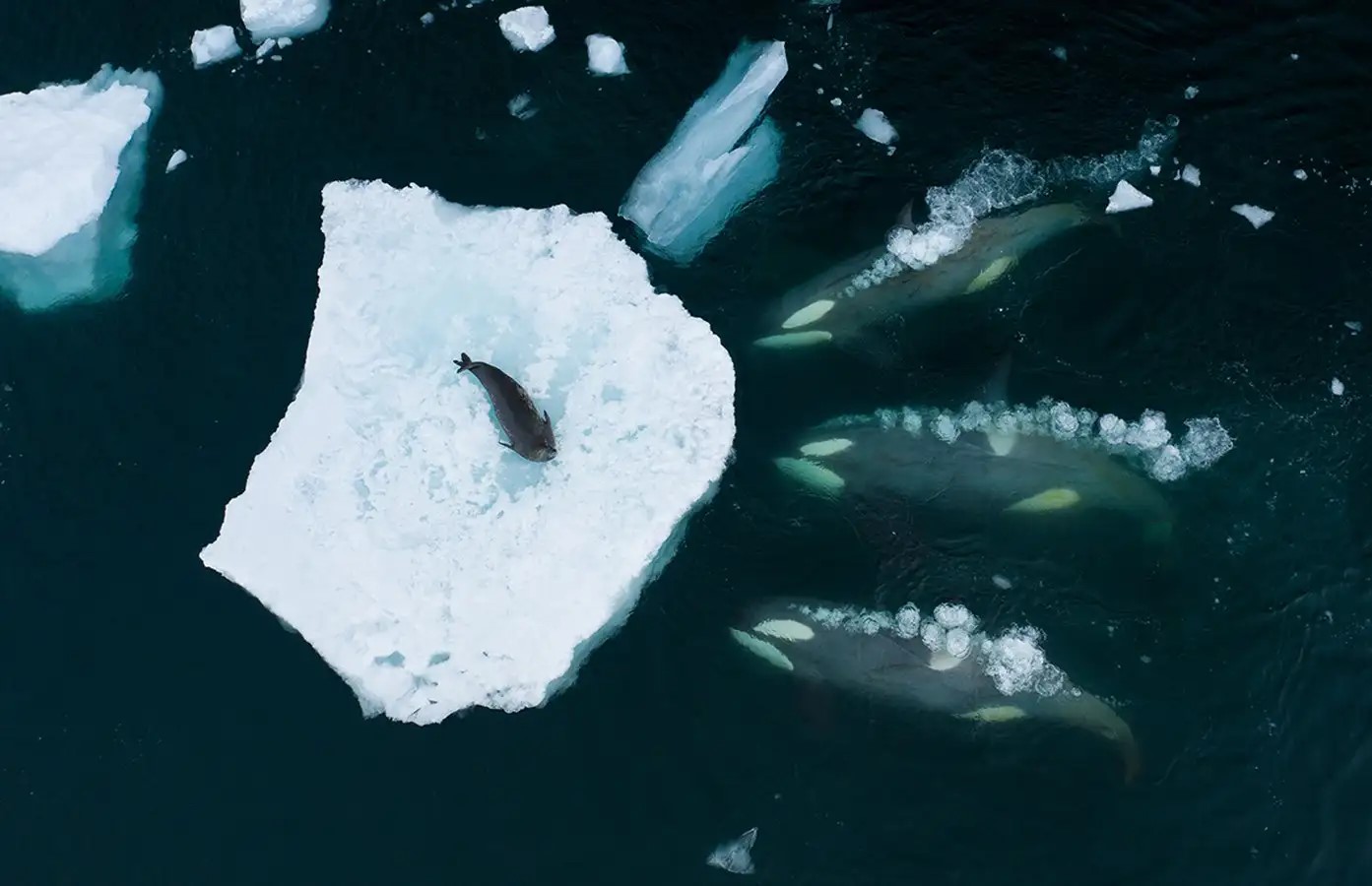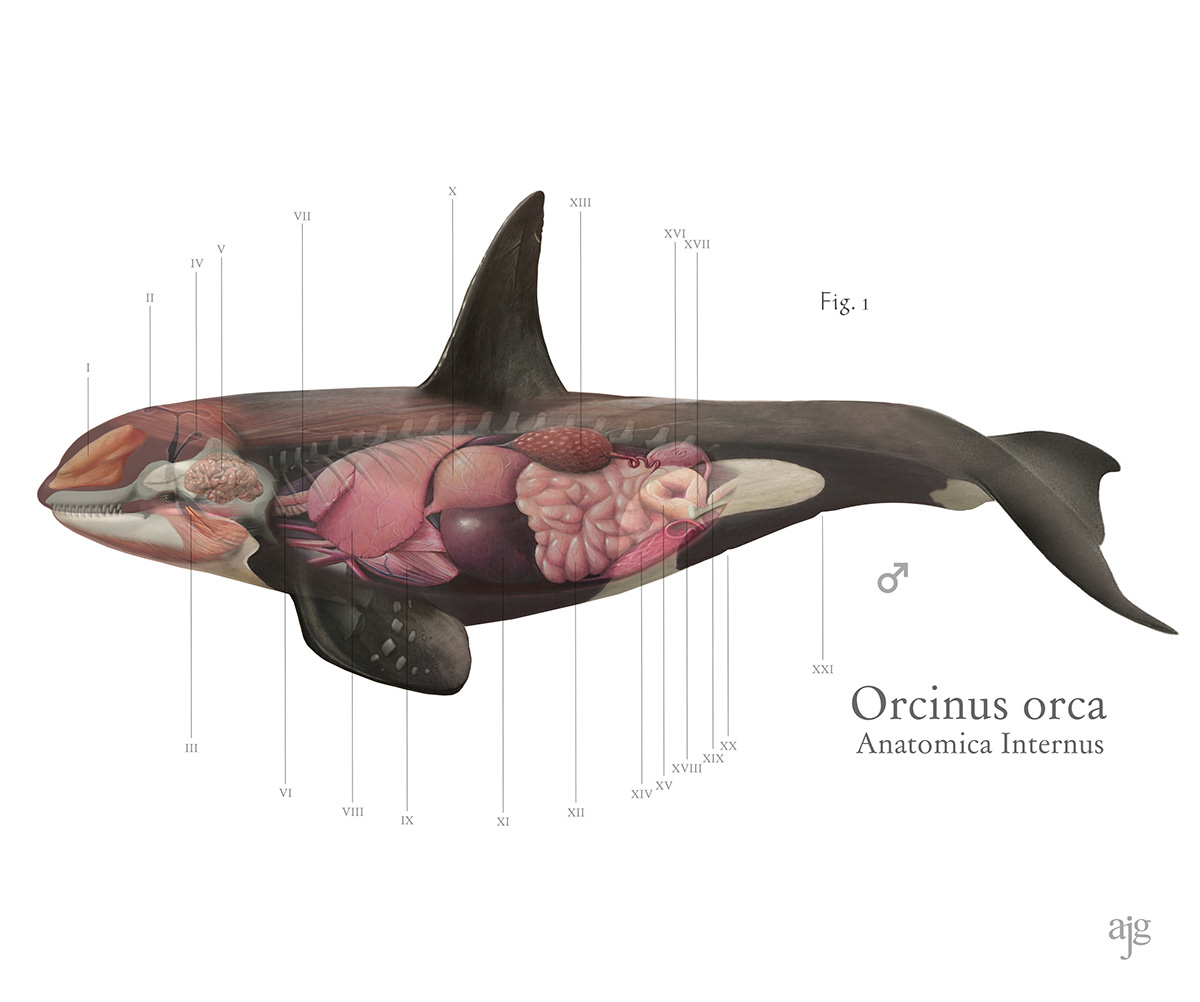

Diet Diversity: Orcas have a highly varied diet, which includes: Marine Mammals: This includes seals, sea lions, dolphins, and even other whale species. Some orca pods are known to specialize in hunting marine mammals. Fish: They consume a wide range of fish species, including salmon, tuna, and herring. Squid: They also eat cephalopods like squid, though this is less common. Ecotypes: Orcas are divided into different ecotypes, each with its own feeding habits: Resident Orcas: These are fish-eating orcas found primarily in the northeast Pacific. They have complex social structures and strong family bonds. Their diet is predominantly salmon. Transient Orcas: Also known as Biggs orcas, these are mammal-eaters and are often seen in the same regions as resident orcas but have different social structures and hunting techniques. Offshore Orcas: These orcas are found in deeper waters and are less studied, but they are believed to have a diet consisting of sharks and other large fish. Northern and Southern Resident Pods: These specific types of resident orcas focus heavily on salmon, particularly Chinook (king) salmon.
Orcas have a specialized digestive system adapted to their carnivorous diet. They possess a large, powerful stomach with multiple compartments that help break down their prey efficiently. When an orca consumes food, it first enters the stomach, where digestive acids and enzymes start the process of breaking it down. The partially digested food then moves into the intestines, where further digestion and nutrient absorption occur. Orcas have a relatively short digestive tract compared to their size, which helps them process their meals quickly and effectively.

